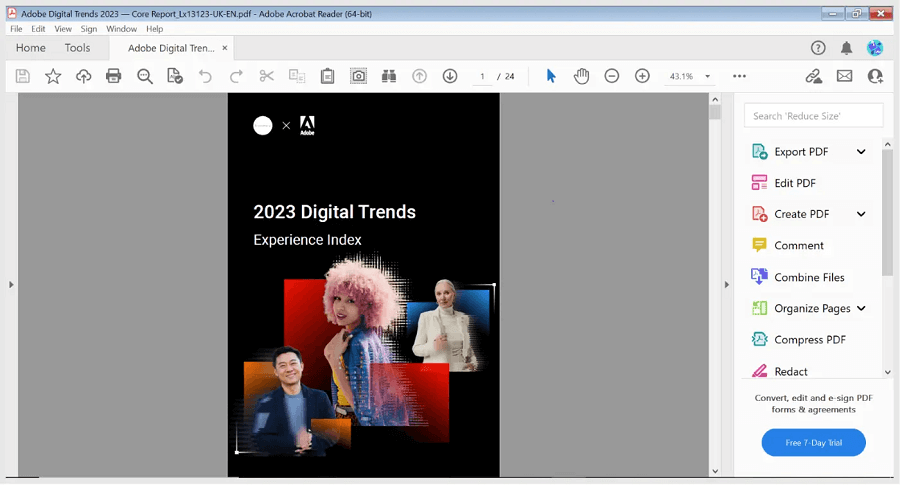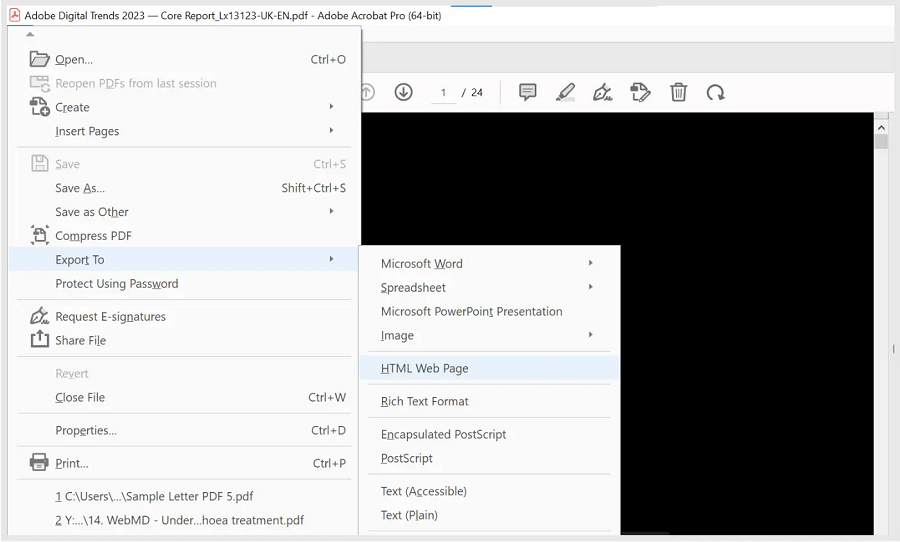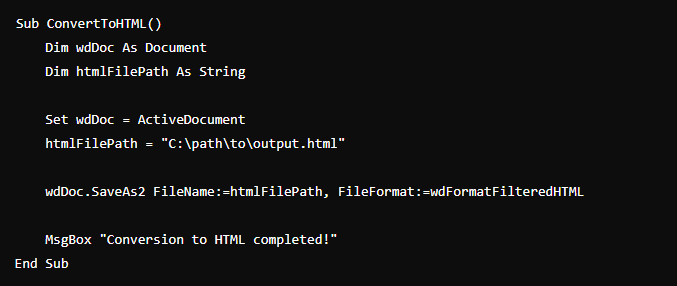

HTML, or HyperText Markup Language, is the standard language used for creating and designing web pages. It forms the backbone of all web content and is used to structure text, images, links, and other multimedia elements on the internet. HTML elements are represented by tags, which are written in angle brackets. These tags define the structure and layout of the web page, allowing browsers to interpret and display the content correctly.
HTML is a crucial skill for web developers and designers, as it allows them to create visually appealing and functionally rich web pages. By converting text into HTML, one can transform static content into dynamic, interactive web pages that can be easily accessed and navigated by users.
Microsoft Word is a widely used word processing software developed by Microsoft. It allows users to create, edit, format, and share text documents. Word offers a range of features, including templates, formatting tools, spell check, grammar check, and the ability to insert images, tables, charts, and other multimedia elements into Word file.
Word is popular in both professional and personal settings for creating various types of documents, such as reports, resumes, letters, and essays. It provides a user-friendly interface and powerful tools that enable users to produce polished and professional documents.
Converting Word documents to HTML offers several advantages, particularly in the context of web development and online content management. Here are some key reasons for transforming text into HTML:
1.Web Compatibility
HTML is the standard language for web content. Converting Word documents to HTML makes the content accessible and compatible with web browsers, ensuring it can be viewed and interacted with online.
2.SEO Benefits
HTML documents can be optimized for search engines, improving the visibility and ranking of the content. By converting a Word document into HTML code, you can add meta tags, keywords, and other SEO elements to enhance the content's search engine performance.
3.Accessibility
HTML allows for the creation of accessible web content that can be easily navigated by users with disabilities. By using HTML tags correctly, you can ensure that your content is accessible to a wider audience.
4.Consistent Formatting
HTML provides greater control over the formatting and layout of web content. By converting Word documents to HTML, you can ensure consistent and uniform presentation across different devices and platforms.
5.Interactivity
HTML enables the addition of interactive elements, such as links, forms, and multimedia content, which can enhance user engagement and experience.
6.Content Management
HTML documents can be easily integrated into content management systems (CMS), making it easier to manage, update, and organize web content.
There are several methods to convert a Word file to HTML, ranging from simple manual techniques to using specialized software tools. Here, we'll explore various methods in detail.
One of the simplest ways to convert a Word document to HTML is by using the built-in "Save As" feature in Microsoft Word. Here's how to do it:
1.Open the Word Document: Open the Word document you want to convert in Microsoft Word.
Online conversion tools provide a quick and convenient way to convert Word documents to HTML without installing additional software. Some popular online converters include Zamzar, Convertio, and Online-Convert. Here's how to use an online converter:
Adobe Acrobat can be used to convert Word documents to HTML by first converting the Word document to PDF and then converting the PDF to HTML. Here are the steps:
1. Convert Word to PDF:
2. Convert PDF to HTML:


There are several third-party software solutions that can convert Word documents to HTML. Some popular options include PDFelement, WPS Office, and Soft4Boost Document Converter. These tools often provide more advanced features and customization options. Here’s a general guide:
For users with programming knowledge, using scripts and automation can streamline the conversion process, especially for multiple files. Here are two advanced techniques:
Python, along with libraries like `python-docx` and `beautifulsoup4`, can automate the conversion process. Here's a basic example:

Visual Basic for Applications (VBA) can be used to create macros that automate the conversion process within Microsoft Word. Here’s a simple example:

Converting a Word file to HTML can be achieved through various methods, each with its own advantages and limitations. Whether you choose to use Microsoft Word's built-in features, online conversion tools, or specialized software, the key is to select the method that best suits your needs. For those comfortable with coding, advanced techniques like using Python scripts or VBA macros offer powerful automation options.
Understanding the benefits of converting Word documents to HTML, such as improved web compatibility, SEO advantages, and enhanced accessibility, can help you make informed decisions about managing and presenting your content online. By following the steps outlined in this guide, you can efficiently transform your Word documents into well-structured HTML code, ready for use on websites,=blogs, and other digital platforms.